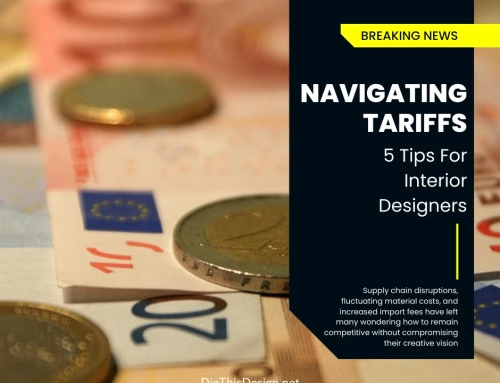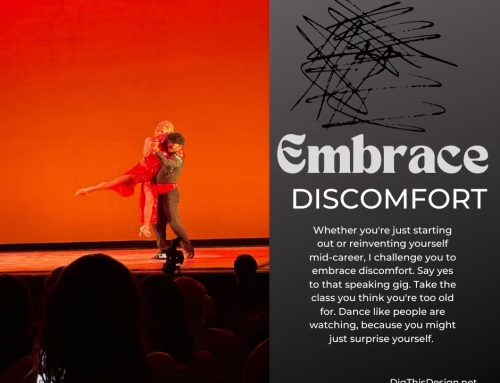Have you come upon your work online being used by people you don’t know as if it is their work and considering how you might copyright your work?
In the digital age, creators have unparalleled opportunities to share their work with the world. Whether you are an artist, writer, musician, or designer, the internet provides a vast platform to showcase your talents.
However, with this accessibility comes the risk of unauthorized use and distribution of your work. This is where the importance of learning to “copyright your work” comes into play. Ensuring that your creations are legally protected is crucial to maintaining ownership and control over your art.
How and Why You Should Copyright Your Work

Design by Patricia Davis Brown Designs
Understanding Copyright and Its Importance
Before diving into the steps to copyright your work, it’s essential to understand what copyright is and why it matters. Copyright is a legal concept that grants the creator of an original work exclusive rights to its use and distribution. This means that only the copyright holder can reproduce, distribute, perform, display, or license the work. If you copyright your work, you protect your creative assets from being used without your permission, ensuring that you receive the recognition and financial benefits you deserve.
Steps to Copyright Your Work
- Create Original Content The first step in the process is to create original content. Copyright protection is only granted to original works, whether it’s a novel, a piece of music, a painting, or any other form of creative expression. Ensure that your work is not a copy or a derivative of someone else’s creation.
- Fix Your Work in a Tangible Medium For your work to be eligible for copyright protection, it must be fixed in a tangible medium. This means it should be written down, recorded, or otherwise captured in a way that can be perceived, reproduced, or communicated. For example, a song should be recorded, a story written down, or a piece of art physically created or digitized.
- Understand Automatic Copyright Protection In many countries, including the United States, copyright protection is automatically granted as soon as your work is fixed in a tangible medium. This means you don’t need to register your work to have copyright protection. However, registration offers additional legal benefits.
- Register Your Copyright While automatic copyright protection is a good start, registering your copyright with the appropriate government body (like the U.S. Copyright Office) provides additional benefits. Registration makes it easier to enforce your rights in court and allows you to claim statutory damages and attorney’s fees in the event of an infringement lawsuit. To register, you’ll need to complete an application, pay a fee, and submit a copy of your work.
- Use Copyright Notices Once you have copywritten your work, it’s a good practice to use copyright notices. A copyright notice typically includes the © symbol, the year of first publication, and the name of the copyright holder. For example, “© 2024 John Doe.” This notifies others that your work is protected and helps to deter unauthorized use.
Additional Tips to Protect Your Work
- Keep Records: Maintain detailed records of your work’s creation process, including drafts, notes, and any correspondence related to the development of your project. This can serve as evidence of your authorship if your copyright is ever challenged.
- Use Watermarks and Digital Signatures: For visual and digital works, consider adding watermarks or digital signatures. This helps to establish ownership and can deter unauthorized use and a message that you have taken the steps to copyright your work.
- Stay Vigilant: Regularly monitor the internet and other platforms where your work might be shared. Use tools and services that help track unauthorized use of your content.
- Know Your Rights: Familiarize yourself with your rights under copyright law. This includes understanding what constitutes infringement and knowing how to take action if your work is used without permission.
The Benefits of Copyrighting Your Work
When you take the time to copyright your work, you empower yourself as a creator. Here are some of the key benefits:
- Control Over Use: You have the authority to decide how your work is used, shared, and distributed. This includes the ability to license your work for use by others while retaining ownership.
- Legal Protection: Registered copyright provides legal backing to enforce your rights and seek damages if your work is infringed upon.
- Financial Rewards: By protecting your work, you ensure that you can reap the financial benefits from its use, whether through direct sales, licensing agreements, or other revenue streams.
- Professional Recognition: When you copyright your work it establishes you as a professional in your field, enhancing your reputation and credibility.
In conclusion, taking the steps to copyright your work is an essential part of being a responsible and empowered creator. It not only protects your creative assets but also ensures that you maintain control over your artistic expression. By understanding and utilizing copyright laws, you can safeguard your work and enjoy the full benefits of your creative endeavors. Remember, your art is valuable—make sure it stays that way by taking the necessary steps to copywrite your work.
Other posts you might enjoy:
Your Interior Design Business – 8 Benefits Of Using AI Technology
Diversifying Your Interior Design Business: Crafting Multiple Offerings and Income Streams
Starting Your Own Interior Design Business? Tips for Creating Your Portfolio





